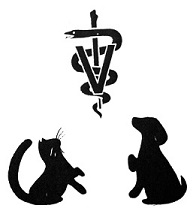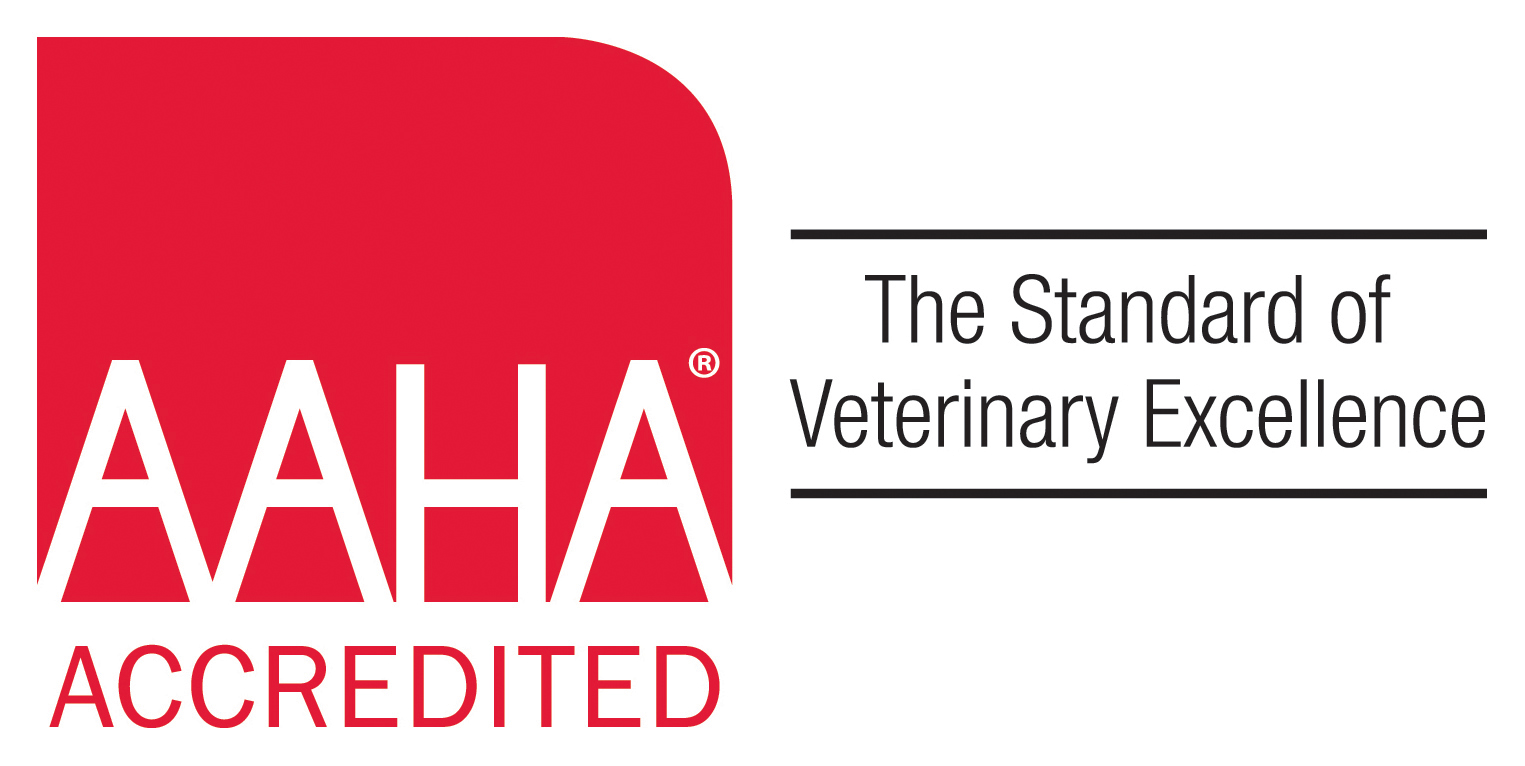...
...
Discover the Difference...
and come home to family
...
...
...
Rocky Shores Veterinary Hospital 

...
...
Discover the Difference...
and come home to family
...
...
...
Rocky Shores Veterinary Hospital 

(631)209-2035
www.rockyshoresvet.com
|
Brushing Your Pet's Teeth
Equally important to annual dental exams at your veterinarian's practice is home dental care, including brushing your pet's teeth every day if possible. The American Animal Hospital Association (AAHA) and The American Veterinary Dental College (AVDC) recommends a technique for both younger and older animals, although it's easier to start brushing when your pet is young. To introduce a fearful Fido or timid Tabby to the idea of dental care, start slowly and gradually. Dip a finger into beef bouillon (for dogs) or tuna water (for cats) and gently rub along your pet's gums and teeth. The most important area to focus on is the gum line (the crevice where the gums meet the teeth), where bacteria and food mix to form plaque. Focusing on the gum line, start at the front of the mouth, then move to the back upper and lower teeth and gum areas. Once your pet is okay with a little bit of touching, gradually introduce gauze over your finger and rub the teeth and gums in a circular fashion. When your four-legged friend can handle the gauze, try brushing with a toothbrush specially designed for pets or a very soft, ultra-sensitive toothbrush designed for people. The bristles should be held at a 45-degree angle to the tooth surface and be moved in an oval motion. Scrub in the gum line, as this is where odor and infection begin. Gradually add special dog/cat toothpaste (flavored with meat or fish), but never use people toothpaste or baking soda, as both will upset your pet's stomach. Use the following process to clean the inside surfaces of your pet's teeth:
The entire process should only take a minute or two. If your dog or cat continues to resist, try gently wrapping him in a large bath towel with only his head sticking out. Above all, avoid overstraining and keep sessions short and positive. With plenty of praise and reassurance, your dental sessions can bring the two of you closer---a closeness that won't be marred by the perils of dog breath.
Home care can be improved by feeding your dog an unmoistened dry pet food and offering him hard biscuits after each meal. Both dry food and hard biscuits produce abrasion to help keep plaque to a minimum on the crown of each tooth. Because cats are different than dogs when it comes to eating, (cats don't chew their food like dogs), it is especially important to provide other means of home care such as teeth brushing or oral rinses to help keep plaque to a minimum. AAHA encourages pet owners to regularly examine their pet's teeth for signs of periodontal disease, such as brownish colored teeth; swollen, red, or bleeding gums; persistent bad breath; loose teeth or loss of teeth; pus between the gums and teeth; broken teeth and any unusual growth in the mouth. Reluctance to eat, play with chew toys, or drink cold water are warning signs of periodontal or gum disease. Contact Rocky Shores Veterinary Hospital if you notice any of these signs in your pet.
Periodontal Disease (Gum Disease) is the Most Common Disease Occurring in Pet Dogs and Cats
Cause The cause of gum disease is the same in cats and dogs as it is in people. Gum disease is an infection resulting from build-up of soft dental plaque on the surfaces of the teeth around the gums. The bacteria in dental plaque irritate the gum tissue if plaque is allowed to accumulate, which often leads to infection in the bone surrounding the teeth. Hard dental tartar (calculus) consists of calcium salts from saliva deposited on plaque. Tartar starts to form within a few days on a tooth surface that is not kept clean, and provides a rough surface that enhances further plaque accumulation. Once it has begun to grow in thickness, tartar is difficult to remove without dental instruments. Effects Bad breath is the most common effect noted by owners. However, this is often only the tip of the iceberg. The gums become irritated, leading to bleeding and oral pain, and your cat or dog may lose its appetite or drop food from its mouth while eating. The roots may become so severely affected that some teeth become loose and fall out. Bacteria surrounding the roots gain access to the blood stream ("bacteremia"). Studies have shown that dogs with severe periodontal disease have more severe microscopic damage in their kidneys, heart muscle and liver than do dogs with less severe periodontal disease. Management The key to management of gum disease (for humans or pets!) is prevention. As long as the surfaces of the teeth are cleaned frequently, the gums will stay healthy. Excellent oral health is maintained by daily oral hygiene. The gold standard is brushing. Daily chewing activities can also be effective in maintaining oral health. Daily use of home dental care products will help to keep your pet's teeth clean and the gum tissues and bone around the roots healthy. Periodic veterinary examination of the mouth and teeth of your dog or cat is recommended at least twice a year. Many pets, particularly middle-aged and older cats and dogs, require periodic professional scaling in addition to on-going plaque control. |